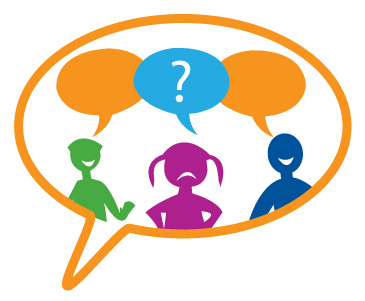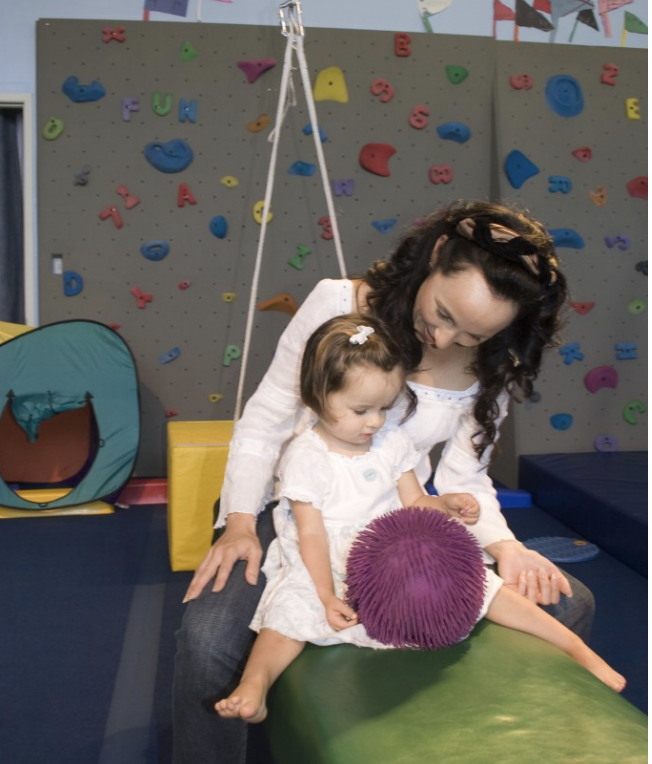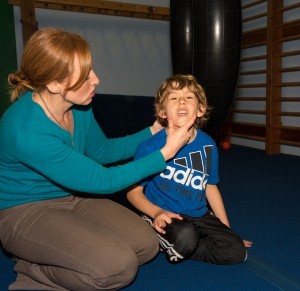Speech Therapy Process
Our Process
At Child Success Center®, we work closely with parents, teachers, and other professionals to implement the most effective therapeutic speech and language strategies available. By working as a team, your child is afforded the greatest opportunity for progress and development.
Our speech therapy sessions are typically 50 minutes, and are offered both individually or in small groups. Sessions are followed by a brief discussion with the parent or caregiver in which we take time to review recommended strategies and practice for home. We strongly encourage parent involvement and believe that home practice is an integral part of your child’s speech and language development. As a family-centered practice, we also welcome caregivers to attend our speech therapy sessions. Together we can make a difference in your child’s life!
FAQ’s:
How often will my child attend speech therapy? – The frequency of your child’s treatment is determined based on the child’s needs. The clinician will recommend the frequency of treatment following the evaluation. Frequency recommendations are typically between 1-3 times a week.
How long can I expect my child to attend speech therapy? The length of time children need therapy cannot be predicted. Some children may show immediate improvements, but therapy progress can be gradual. Our clinicians report progress and continued needs during parent debrief following every session. The rate and pattern of progress is also reviewed at 6-month intervals. Children graduate from treatment when their skills have reached a level that is equivalent to their peers. Graduation is guided by clinician expertise, but is a decision made jointly between the clinician and the family.
Speech and Social Skills Working Together
Treatment groups can be beneficial for children who need extra support communicating in peer-based settings. At Child Success Center, our small social skills groups provide children, with related goals and skills, the opportunity to socialize, interact with peers and practice using language in different ways such  as:
as:
- advocating for themselves
- asking for help and problem solving
- conversational turn-taking
- verbal and non-verbal social cues
- following directions
- taking turns
- emotional regulation
- creating and fostering friendships
The mouth does not work in isolation. It is supported by an efficient sensory motor system.
 The Role of Play in Speech Therapy
The Role of Play in Speech Therapy
Since play and language skills develop in tandem, we often play during speech therapy to encourage language. Rule-based “game play” is often built into speech activities and/or combined with other forms of play to entice children to join in. We use “symbolic play” (pretend play) to get children talking, since pretending requires the use of language in order to build a shared understanding.
Added Value at CSC
Our speech therapists at CSC have the unique option to collaborate with our occupational therapists in our sensory motor gym, engaging in movement related play. “Practice play” (play that involves a lot of movement), has the added benefit of helping children to maintain a state of sensory regulation, or optimal band of arousal, so they are happy and having fun while engaging in speech learning activities. Additionally, working as a team, our therapists are able to view the “whole child”, discovering any underlying sensory or developmental issues that may be hindering a child’s access to language, thus, appearing as a speech delay/challenge.
During all different forms of therapeutic play, we can incorporate gestures, facial expressions, and signed language in order to help build language skills in children whose verbal skills are delayed.
To further understand why speech therapy involves so much playing, it helps to know why and how children play.
PROMPT
We are now offering the PROMPT method of treatment in our Speech Department.
PROMPT (Prompts for Restructuring Oral Muscular Phonetic Targets) is a client-centered philosophy that embodies neuromotor principles. This technique combines the physical-sensory aspects of motor performance with the cognitive-linguistic and social-emotional aspects of learning. The system was formally devised by Deborah Hayden in 1980 and has been used successfully with speech disordered populations including apraxic, dysarthric, autistic, phonological, hearing impaired, and dysfluent children. Children are provided sensory motor “touch- cues” that can signal place, manner, duration, voicing, and tension for phonemes, words, or phrases. PROMPT can be used for clients with varying degrees of verbal motor production disorders.
The PROMPT Institute is the only organization that trains speech-language pathologists in the technique. The intense training requires a series of workshops. The Introduction to PROMPT course is the first course completed training the therapist to use “touch-cues” on the articulators. This helps clients to learn to produce phonemes and sounds. Therapists are also able to evaluate if a child will benefit from PROMPT therapy after completing the Intro to PROMPT course. The Bridging PROMPT Technique to Intervention course is the second level course that teaches therapists to use the technique more intensely across settings. Additional self-study projects are completed working towards Certification. Therapist’s at Child Success Center use PROMPT to help children communicate within a play-based sensory environment.
> Click here to watch Key Components of PROMPT video on YouTube.



